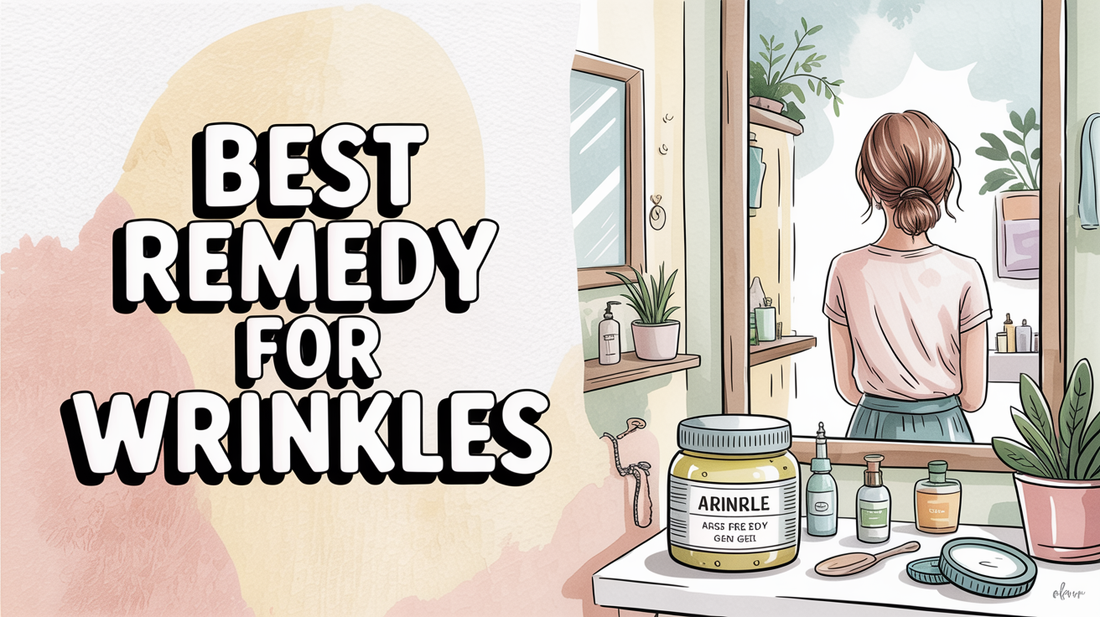Is arnica good for face wrinkles?
Are you looking for effective solutions to reduce the appearance of face wrinkles? If so, you might have come across arnica, a popular natural remedy. This post will explore the use of arnica for face wrinkles, its potential anti-aging benefits, and how it can be a part of your natural wrinkle solution. We’ll break it down into three sections, each based on current research, so you can start incorporating it into your routine tonight.
Arnica for Facial Wrinkles
Arnica is a flowering plant traditionally recognized in herbal medicine. Its active compounds, such as helenalin and flavonoids, are known for their anti-inflammatory properties. Although there is limited scientific evidence regarding its effectiveness specifically for facial wrinkles, many users report positive results. Arnica montana is commonly found in mountainous regions and is often used for its topical benefits.
- Active compounds in arnica, like sesquiterpene lactones, may provide some anti-inflammatory benefits.
- Traditional applications focus more on bruising and swelling than cosmetic uses.
- Scientific studies on arnica’s impact on facial aging are sparse, with most evidence being anecdotal.
Try It Tonight: Eye & Skin Refresh ✨
- Remove makeup and cleanse gently with lukewarm water.
- Apply a cool compress or take a few deep breaths to relax facial tension.
- Lightly dab a pea-sized amount of Jane Vine Arnica Gel under eyes or on areas of concern. Always patch-test first if you’re new to arnica-based skincare.
Benefits Over Time
The benefits of using arnica for facial aging may develop gradually over time. These improvements are often attributed to its anti-inflammatory effects rather than a direct impact on wrinkles. Users have noted that regular application can lead to a more youthful appearance.
- Its anti-inflammatory properties may reduce puffiness and skin irritation, contributing to a fresher look.
- Topical application can enhance circulation, which might improve skin tone and radiance.
- Consistent use could help with minor bruising, making skin appear smoother.
Why We Recommend a Gentle Helper 🌿
Jane Vine Arnica Gel is designed for quick absorption, offering a soothing experience. It may support a calming skincare routine while helping to reduce the appearance of puffiness and skin stress over time.
- Fast-absorbing comfort—no greasy residue.
- Gentle, cooling sensation designed for delicate skin.
- Clean, naturally inspired formula with a fresh finish.
How to Use It Well 🔍
When considering arnica for facial use, it’s essential to apply it properly. Caution is advised as it can cause allergic reactions, and it should never be applied to broken skin. Always choose commercially prepared products specifically designed for cosmetic use.
- Use only arnica creams, gels, or oils meant for topical application—never raw plant material.
- Conduct a patch test on a small area of skin to check for possible allergic reactions.
- Apply thin layers to clean, intact skin, avoiding any open wounds or irritated areas.
Myth vs What We Know
Many believe that all natural remedies are safe to use without precautions. However, it's important to recognize that arnica must be used carefully, especially if you have sensitive skin or allergies. Consulting with a dermatologist before adding new products to your routine is always a good practice.
- Limit application to once or twice daily and discontinue use if any irritation occurs.
- Patch testing is crucial, regardless of previous experience with similar products.
- Seek professional advice if you have existing skin conditions or sensitivities.

